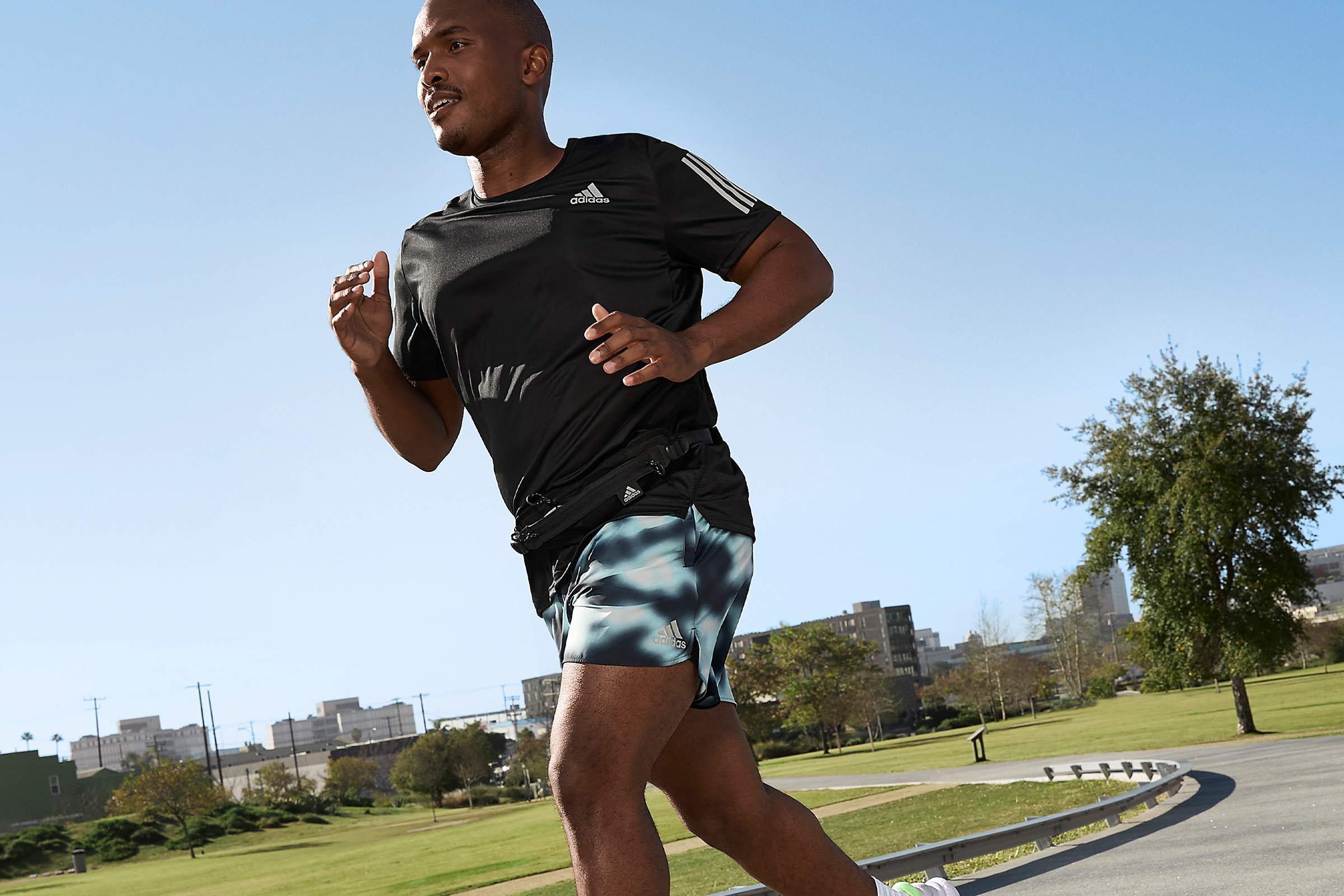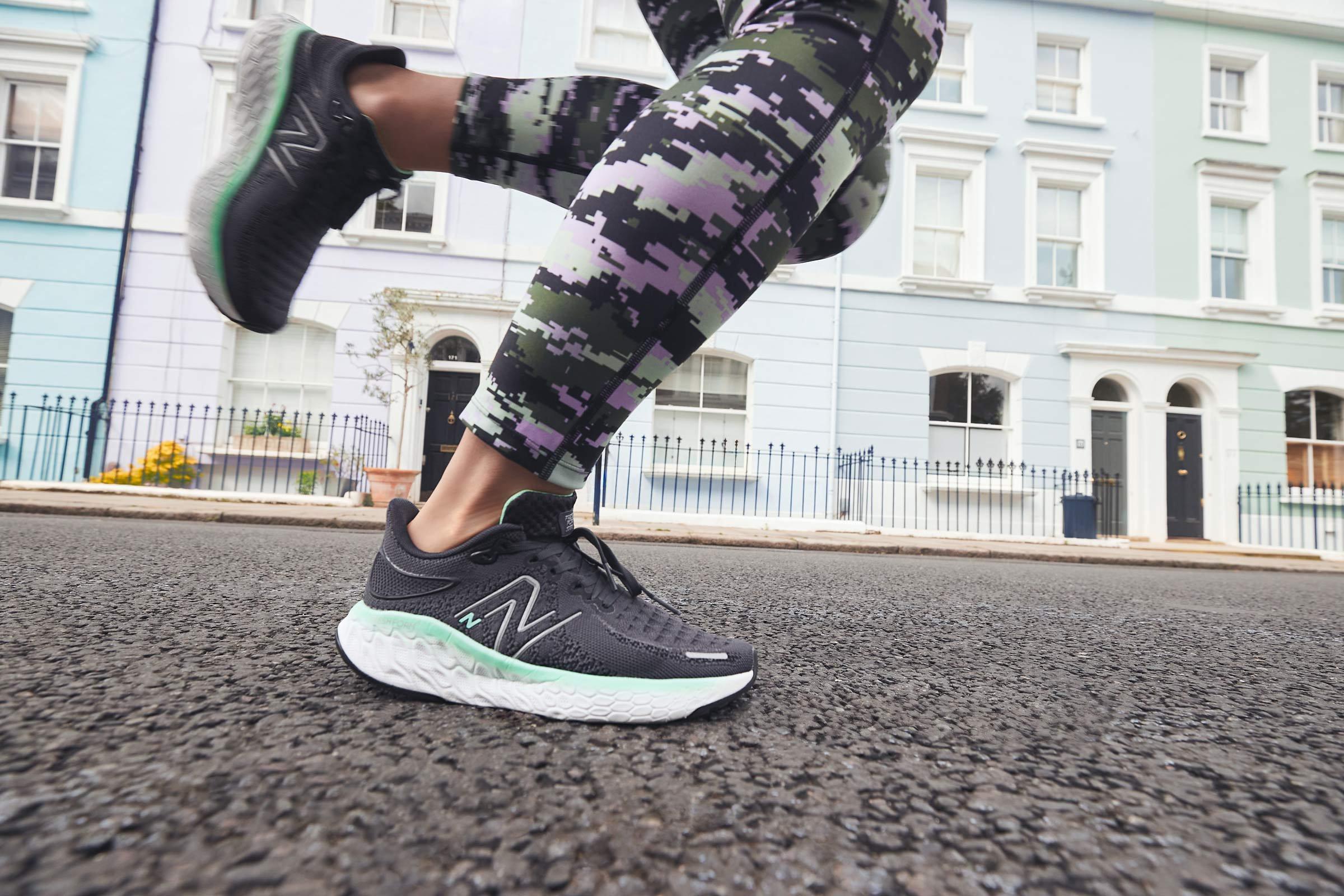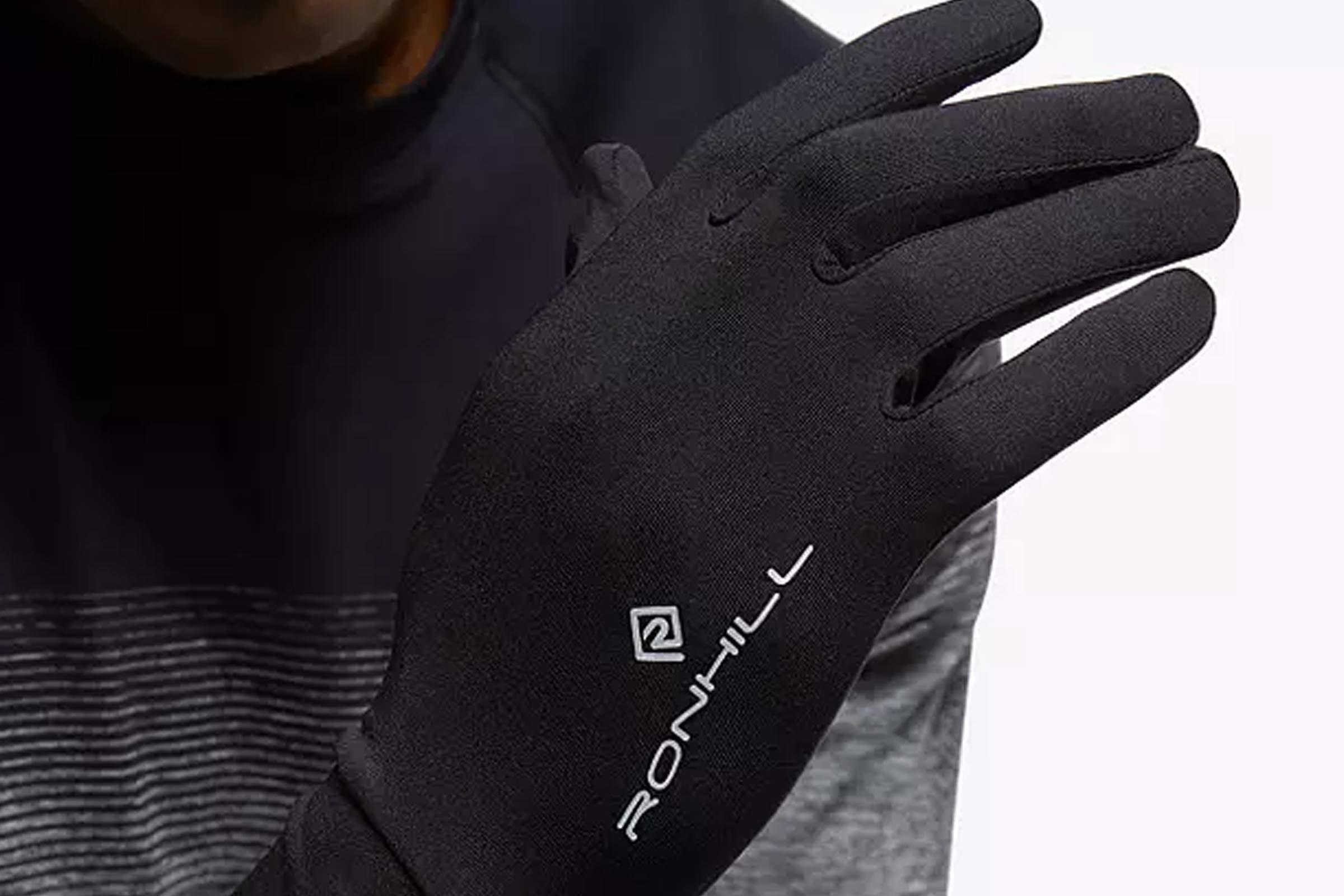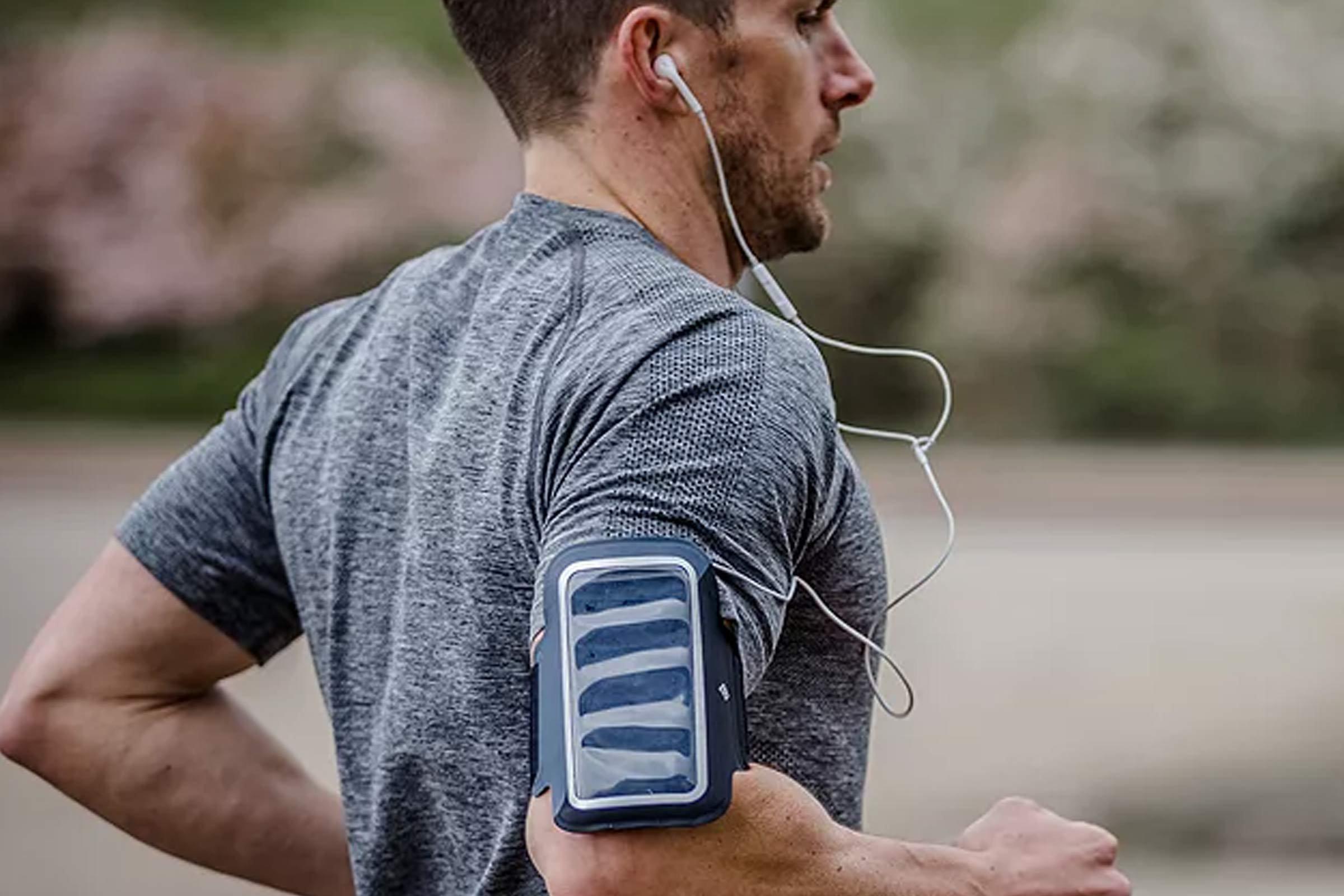Buying the best running gear
Buying Guides

Get out there, pound the pavement and build up those miles with our guide to buying your ultimate running kit
Running clothing
Advances in technology, fit and fabric mean that the right running clothing can help you have a more enjoyable and effective run
Running shoes
The best running shoes are engineered to be as focused on your workout as you are, guaranteeing flexibility, support, comfort and adaptability, however long your run
Running clothing
Socks
Start from the ground up
Padded socks - providing padding in the areas you need them most: the arch, heel and ball of your foot
Lightweight socks - made to keep your feet cool and light so you can run for longer, with different compression areas to ensure they don't crinkle
Double layered socks – made from two layers that move against each other to prevent friction
Shorts
Things to look for:
• Technical fabrics that wick moisture away from the skin
• Ventilation panels to keep you cool
• Practical pockets for keys or other small valuables
• High visibility piping to help you stand out in the dark
T-shirts and vests
Things to look for:
- Technical, synthetic fabrics. A good running top should feel light, cool and comfortable against your skin, unlike cotton which will become heavy and damp as you sweat.
Tights
- One of the most essential items in your winter running arsenal
- Prevent the wind from hitting your legs
- Compression fit increases your blood flow, keeping you warmer
- If you don't feel comfortable running in tights, try wearing a pair of shorts over the top
Jackets
Things to look for:
- Lightweight, streamlined shapes that won’t restrict your movement
- Wind and water-resistant shells versus breathable fabrics: as a rule, the more water resistant a jacket gets, the less breathable it will be, so decide which matters to you most before buying
- Reflective strips can help keep you safe at night
Running shoes
The best running shoes are engineered to be as focused on your workout as you are, guaranteeing flexibility, support, comfort and adaptability, however long your run
Running shoes
How do you run?
When buying running shoes, firstly you'll need to get to grips with your gait cycle, which is all about your stride and the way your feet hit the ground. The cycle starts when one foot makes contact with the ground and ends when that same foot makes contact again. Pronation is a part of this cycle – it's the inward rolling motion of the foot that absorbs shock and provides you with balance on each stride.
How to work out your pronation
Look at the soles of your old shoes
Bear in mind, that if your old running shoes are structured and show no sign of an inwards lean, it's probably the shoes stopping this and you will still need support
The 'print test'
Wet your feet and then print a footprint onto a piece of paper, or a floor where it will remain visible. Your wet footprint roughly correlates to the way you plant your foot when running.
Types of pronation
Neutral
Even rolling between the outside heel and the inside ball of your foot
How to spot it: Even wear on your shoes. A footprint that shows a normal-sized arch and the forefoot and heel connected by a broad band.
Your ideal shoes: Cushioned
Over-pronation
Rolling onto the inside of your foot too much
How to spot it: Wear along the inside of your shoes, mainly around the toes. Your footprint will have a low arch and look like it's the whole sole of your foot.
Ideal shoes: Structured
Under-pronation
Your foot doesn't roll enough onto the inside
How to spot it: Wear on the outside of your shoes. A very narrow footprint with almost no band at all between your forefoot and the heel.
Ideal shoes: Heavily cushioned
Weight
Also consider your weight when choosing shoes, as heavier runners require additional cushioning and/or enhanced motion control features. This applies to men over 85 kg and women over 73 kg.
Running surface
If you usually run on a trail or off road then you'll need specialised trail running shoes. These will be made in more durable materials, and will have greater traction on the soles for better grip on uneven surfaces.
Barefoot running
Barefoot running shoes are designed to offer you thin, lightweight protection but also encourage your feet to move naturally. As with all running shoes, consider the environment you'll be running in before choosing.
Running shoes
The best running shoes are engineered to be as focused on your workout as you are, guaranteeing flexibility, support, comfort and adaptability, however long your run
Running essentials
Advances in technology, fit and fabric mean that the right running clothing can help you have a more enjoyable and effective run
Headgear & Gloves
Protect those extremities in style and comfort, and stay warm where you most feel the cold
Running Accessories
From armband pockets to clip-on LEDs, pick up those handy gadgets that lead to a more comfortable run
Fitness Trackers
Whether monitoring your heartrate or setting the pace, make sure you keep a track on that essential data
Headgear & Gloves
Protect those extremities in style and comfort, and stay warm where you most feel the cold
Running Accessories
From armband pockets to clip-on LEDs, pick up those handy gadgets that lead to a more comfortable run
Fitness Trackers
Whether monitoring your heartrate or setting the pace, make sure you keep a track on that essential data





